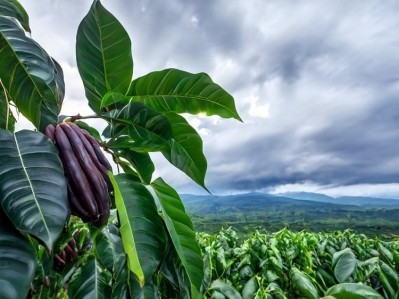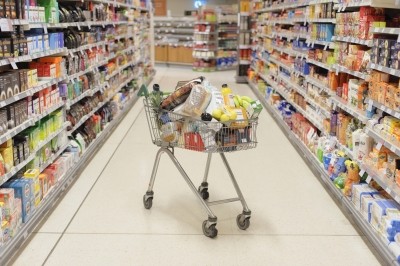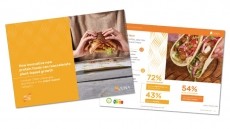Shrinkflation: Are brands losing customers in this covert effort to cut costs?
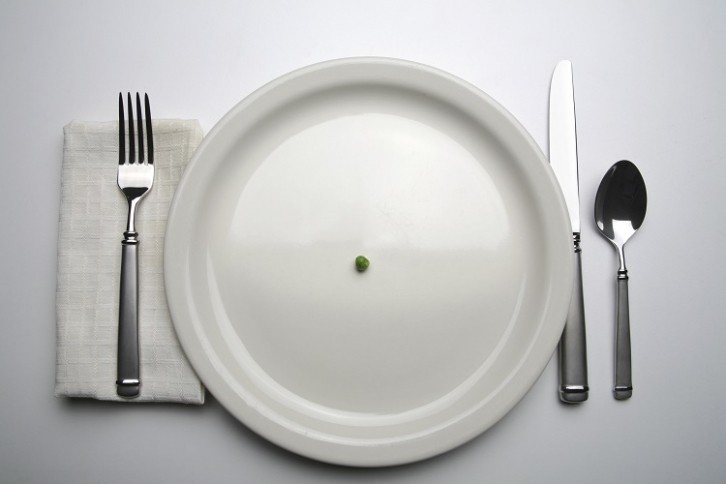
Brands have been slowly and oh so quietly reducing the sizes of their products, without reducing the price. What would have once been a 100 gram chocolate bar is now, more often than not, 90 grams. And the multicoloured tins of chocolates, synonymous with cosy and indulgent Christmases, have also taken a noticeable hit in volume with confectionery giants Nestlé, Mars, Inc. and Mondelēz International all slashing the size in the last five years. Just the other day Quality Street was trending on X after someone posted a childhood photo of themselves sitting next to an old-style tin of the beloved chocolates with the caption "Christmas in the 70s. Happy days." The post garnered responses such as "a family of four could live in a 1970s tin of Quality Street" and, "you would need a payment plan to buy that big a tin today."
Consumers are getting wise to shrinkflation
Though consumers may have been slow to notice this “seismic” change, they’re noticing now and they’re not happy about it. In fact, a particularly famous consumer, US President, Joe Biden, called out this modern moneysaving tactic during his 2024 State of the Union address.
“It’s called shrinkflation,” said President Biden. “You get charged the same amount and you got about, I don’t know, 10% fewer Snickers in it.”

This was a follow up to his Super Bowl Sunday message where he addressed shrinkflation saying, “sports drinks bottles are smaller, bags of chips have fewer chips but they’re still charging us just as much. As an ice cream lover, what makes me most angry is that ice cream cartons have actually shrunk in size but not in price. I’ve had enough of what they call shrinkflation.”
And it’s not just the volume of products being reduced, some companies are reducing the number of items per pack.
Crisp giant PepsiCo, which owns Walkers, upset its loyal customer base in 2023 by reducing the number of packets in its multipacks from 22 to just 20. However, it went one step further by also increasing the price of the product. This bucks the shrinkflation trend where brands typically reduce the size of the product without changing the price.
Customers were quick to take to social media with one saying, “thanks so much Walkers Crisps for the lack of transparency in this scale down."
However, a Walkers spokesperson responded saying, “we strive to provide high quality, competitively priced products to our customers. Retail prices of our products are at the discretion of retailers.” They went on to say that, “like many businesses, we have changed the size of some of our products due to a number of factors impacting the cost of producing them. We always ensure that our products are clearly labelled so consumers know exactly what they are buying."
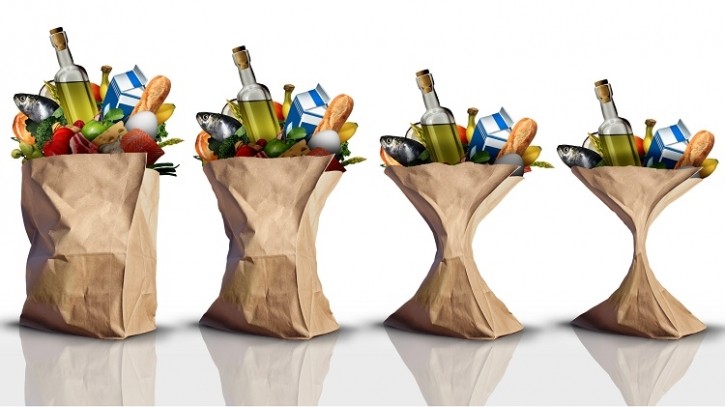
Consumers are hitting manufacturers where it hurts: the checkout
More and more consumers have reported noticing the products they buy reducing in size, while the price has remained the same or increased.
According to consumer analytics platform CivicScience, “61% of shoppers have witnessed the effects of shrinkflation on several products, while an additional 25% have noticed it on a few. Those percentages have both increased since 2022, when “shrinkflation” first entered the vernacular.”
Furthermore the word “shrinkflation” has been trending on social media sites, including TikTok and X as users post the “worst examples of shrinkflation” and urge others to look carefully at the weight of the products they’re buying to avoid being duped.
In response to this, shoppers are voting with their wallets, with figures from CivicScience showing that the majority of consumers willing to abandon a purchase altogether when faced with a smaller product and others opting to switch brands.
This information will serve as a major concern to manufacturers who rely heavily on brand loyalty as brand development company Qualtrics says, “brand loyalty could mean the difference between meeting or missing revenue targets.”
Why are manufacturers reducing product sizes?
Unsurprisingly cost is the primary driving force behind the evolution of shrinkflation. Manufacturers have faced increased production costs in recent years and have passed these onto their customers.
“We understand the economic pressures that consumers continue to face and any changes to our product sizes is a last resort for our business,” a spokesperson for confectionery major, Mondelēz International, told FoodNavigator. “As a food producer, we are continuing to experience significantly higher input costs across our supply chain, with ingredients such as cocoa and sugar, which are widely used in our products, costing far more than they have done previously. Meanwhile, other costs like energy, packaging, and transport also remain high. This means that our products continue to be much more expensive to make and while we have absorbed these costs where possible, we still face considerable challenges.”
Similarly a spokesperson for Mars Wrigley said, "we have been absorbing rising raw material and operational costs for some time, but the growing pressures mean that we can’t keep things as they are. Reducing the size of our products is not a decision that we take easily, but we’re confident that our chocolate brands still offer our customers and consumers the best possible value for money without compromising on quality or taste."
Manufacturers have also attributed the reduction in the size of their products to attempts to meet calorie-intake targets. In 2019 Mondelēz International reduced the size of several of its chocolate bars and biscuit packets saying they wanted to tackle childhood obesity by removing "billions of calories" from the UK and Ireland market.
“We fundamentally believe it is important to support parents when they choose to give their children a treat as we understand that it can sometimes be confusing. By introducing this calorie cap we are making it simpler for parents to find a treat under 100 calories for their children," said a spokesperson for Mondelēz International at the time.
However, it does not appear that the price of the product was reduced to match the reduction in product size.


